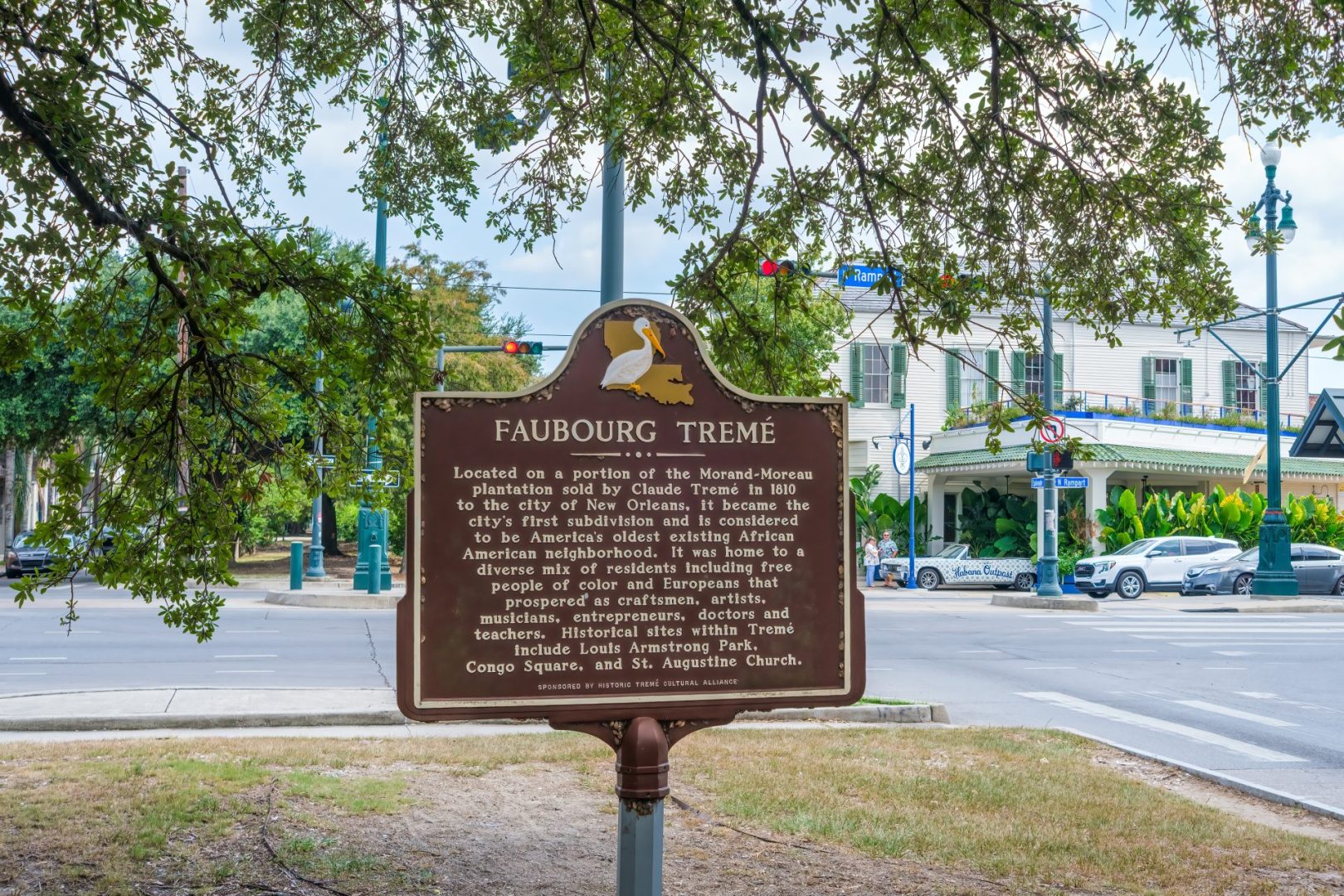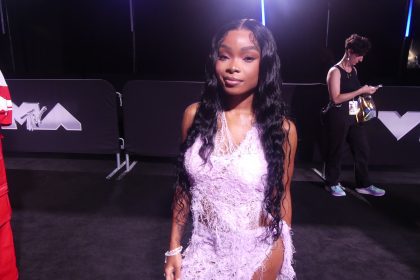The preservation of Black historical sites in the United States is a crucial yet often overlooked aspect of cultural heritage work. These sites serve as physical markers of Black history, offering tangible links to the struggles and achievements of Black Americans throughout the centuries. From Civil War-era landmarks to 20th-century hubs of Black intellectual and artistic life, the fight to preserve these sites reflects the broader struggle for racial justice, historical recognition and the validation of Black contributions to American history.
The early struggles for preservation
One of the earliest efforts to preserve a Black historical site can be traced back to the post-Civil War era. The African Meeting House in Boston, built in 1806, was one of the first Black churches and the oldest still standing in the United States. By the late 19th century, the building had fallen into disrepair as Black communities were displaced and marginalized. However, a dedicated group of activists — recognizing the importance of the site as a symbol of Black resilience and resistance — fought to restore and maintain it. Their efforts set a precedent for future preservation work, illustrating that protecting Black heritage required grassroots mobilization in the face of neglect and systemic racism.
The same struggle played out with the preservation of the Frederick Douglass National Historic Site in Washington. After Douglass died in 1895, his home, Cedar Hill, faced threats of demolition. Activists — particularly members of the National Association of Colored Women — worked tirelessly to protect the site, understanding its importance as both a historical landmark and an inspiration for future generations. In 1962, the National Park Service designated it a national historic site, a victory that would influence future preservation campaigns.
Weeksville: A community saved
The story of Weeksville, one of America’s first free Black communities, is a shining example of the power of local activism. Founded in Brooklyn in 1838 by James Weeks, a formerly enslaved man, Weeksville became a thriving center for Black life, with its churches, schools and businesses. However, by the mid-20th century, the site had been largely forgotten as urban development encroached on the area.
In the 1960s, a group of preservationists led by Joan Maynard uncovered the remnants of the community’s homes, now known as the Hunterfly Road Houses. Their discovery sparked a grassroots movement to preserve Weeksville as a critical site of Black history. The Weeksville Heritage Center, established in 2005, now serves as a museum and cultural institution that not only honors the community’s past but also engages with contemporary issues facing Black Brooklynites. The center’s ongoing restoration projects demonstrate that preservation is not just about the past; it is about connecting history to the present and future.
The role of Black women in preservation
The role of Black women in the preservation of Black historical sites is a powerful thread running through many of these efforts. Figures like Joan Maynard — along with Mary McLeod Bethune and Dorothy Porter Wesley — were instrumental in safeguarding Black spaces and histories. Bethune, an educator and civil rights leader, worked to preserve sites associated with Black education, including the founding of Bethune-Cookman University in Florida. Wesley, a librarian and historian, curated the archives of Howard University, preserving priceless documents related to Black history, literature and culture.
Preservation amid urban development
As cities expand and gentrification threatens historically Black neighborhoods, the preservation of Black historical sites has taken on renewed urgency. For example, the fight to save sites in Harlem — once a vibrant center of Black culture during the Harlem Renaissance — highlights the tension between development and preservation. Landmarks such as the Apollo Theater and the home of Langston Hughes have been preserved through sustained advocacy, but many other sites remain at risk of being erased.
In New Orleans, the legacy of Black music and culture has been similarly endangered. The fight to preserve Congo Square, where enslaved Africans gathered to perform traditional music and dance, was won only after years of pressure from cultural preservationists and local activists. This victory underscored the importance of keeping alive not just physical structures but the cultural practices tied to those spaces.
The future of Black historical preservation
The preservation of Black historical sites is about more than protecting buildings — it is about safeguarding the stories, struggles and triumphs of a people. These sites are crucial to understanding the full breadth of American history, offering a counternarrative to mainstream histories that often marginalize Black experiences.
As organizations like the National Trust for Historic Preservation and grassroots efforts continue to fight for the recognition of these spaces, the future of Black historical preservation remains bright. Yet, the work is far from over. For every Frederick Douglass house or Weeksville restored, there are countless other sites still in danger of being lost. The ongoing fight to preserve these places ensures that the stories of Black resilience, creativity and resistance remain an enduring part of America’s historical fabric.












